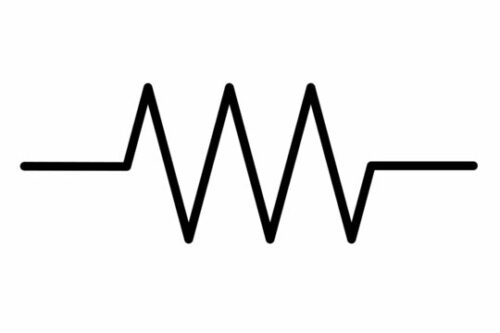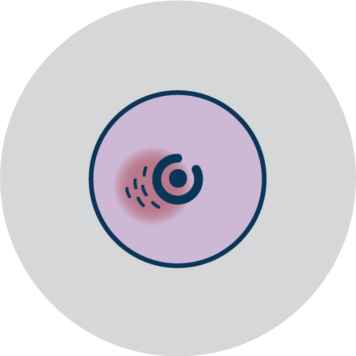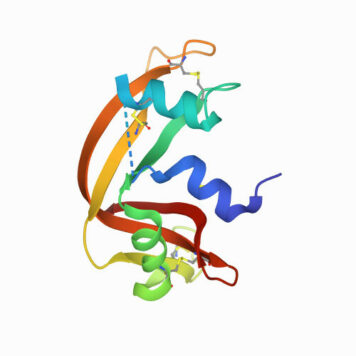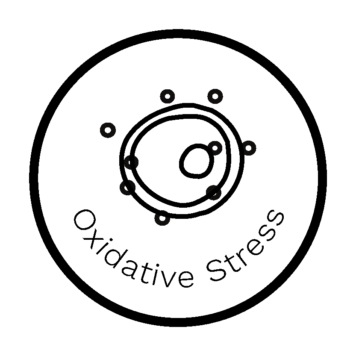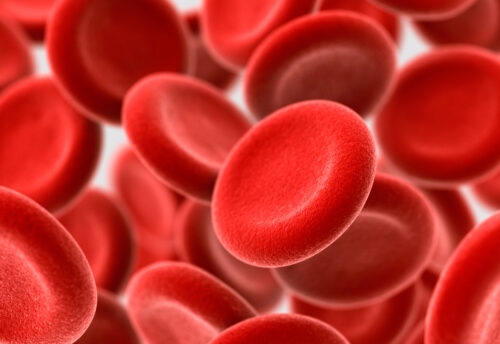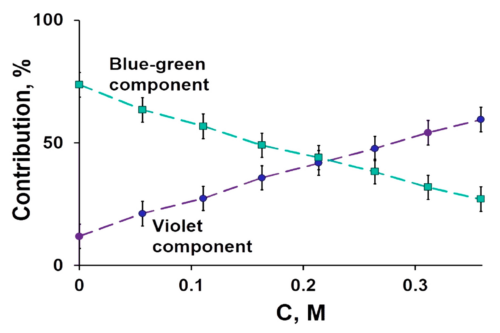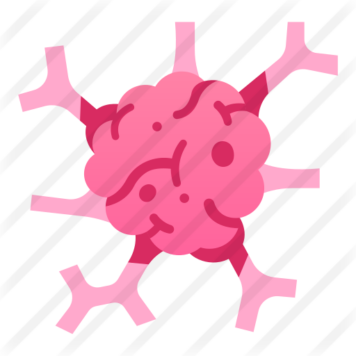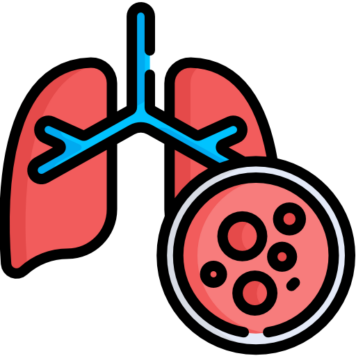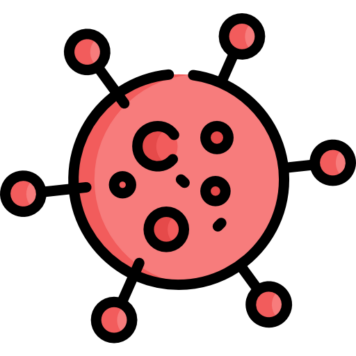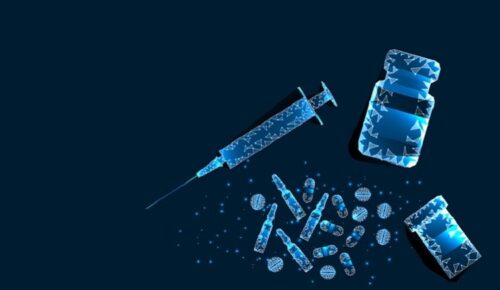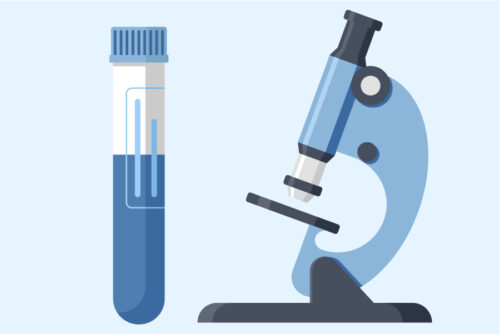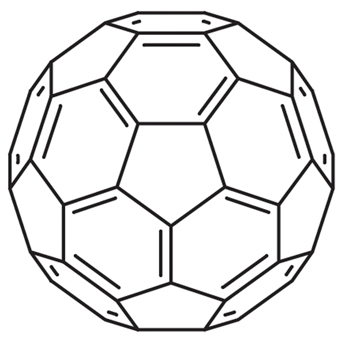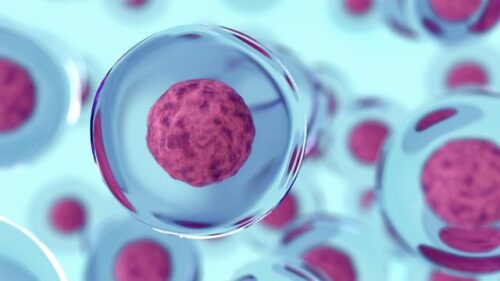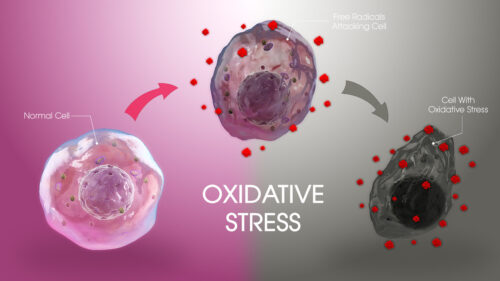Tumor necrosis factor-α (TNF-α) is a cell signalling protein involved in systemic inflammation in infectious and other malignant diseases. Physiologically, it plays an important role in regulating host defence, but its overexpression can lead to serious illnesses including cancer, autoimmune disease and inflammatory disease. Gadolinium-based metallofullerenols, e.g., Gd@C82(OH) x (x ≈ 22), are well known for their abundant biological activities with low toxicity experimentally and theoretically; however, their activity in direct TNF-α inhibition has not been explored. In this work, we investigated the inhibiting effects of four types of fullerene-based ligands: fullerenes, fullerenols, metallofullerenes, and metallofullerenols. We reported previously that fullerenes, metallofullerenes and their hydroxylated derivatives (fullerenols) can reside in the same pocket of the TNF-α dimer as that of SPD304-a known inhibitor of TNF-α [He et al. (2005) Science 310:1022, 18]. Ligand docking and binding free energy calculations suggest that, with a similar nonpolar interaction dominated binding pattern, the fullerene-based ligands, C60, C60(OH)12, Gd@C60, C82, C82(OH)12, Gd@C82, Gd@C82(OH)13 and Gd@C82(OH)21, have larger affinity than currently known inhibitors, and could be used to design novel inhibitors of TNF-α in the future. Graphical Abstract Fullerene-material/TNF-α.
Related researches 41 articles


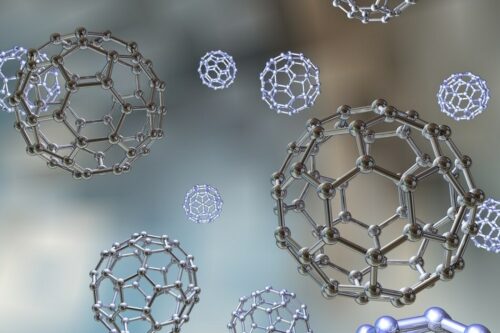
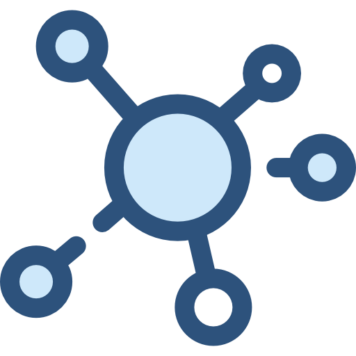
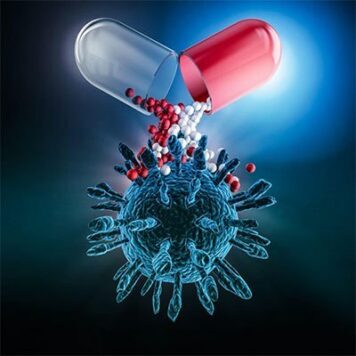
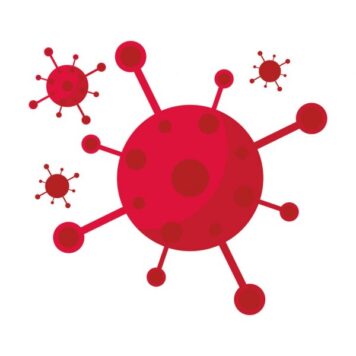


![Biocompatible [60]/[70] Fullerenols: Potent Defense against Oxidative Injury Induced by Reduplicative Chemotherapy](https://biofullerene.com/wp-content/uploads/2022/11/istockphoto-65584859-356x356.jpg)





